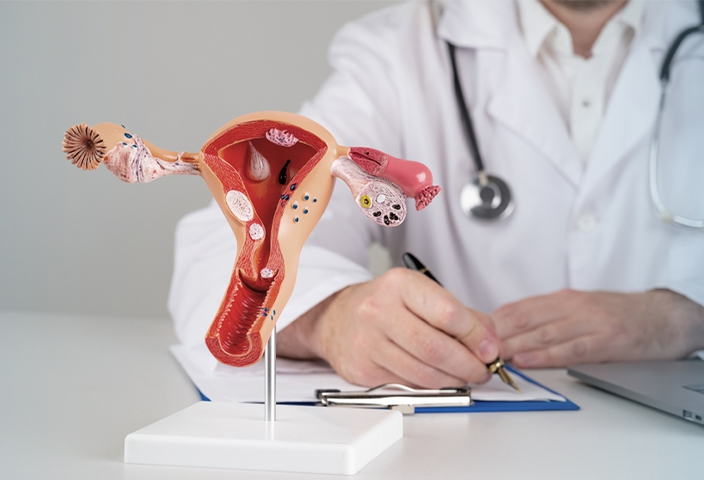
Hysteroscopy is a minimally invasive procedure used to diagnose and treat problems within the uterus. By utilizing a hysteroscope, a thin, lighted tube with a camera, doctors can view the inside of the uterus and perform surgical interventions with minimal discomfort. At Shishu IVF Fertility Centre, we strive to provide comprehensive information about hysteroscopy, its processes, and how it can help you achieve your dream of parenthood.
The process begins with a thorough consultation to evaluate your medical history and discuss the reasons for undergoing hysteroscopy. Our specialists will explain the procedure, its benefits, and any potential risks.
Before the procedure, you will receive specific instructions, including fasting and avoiding certain medications. Preoperative tests may also be conducted to ensure you are fit for the procedure.
Hysteroscopy can be performed under local, regional, or general anesthesia, depending on the nature of the procedure and your medical condition.
The hysteroscope is gently inserted through the cervix into the uterus. The uterus is then expanded with a fluid or gas to provide a clear view of the uterine cavity. The hysteroscope transmits images to a monitor, allowing the surgeon to examine the inside of the uterus and perform necessary interventions, such as removing polyps, fibroids, or adhesions.
After the procedure, you will be monitored in the recovery room until the effects of anesthesia wear off. Most patients can go home the same day.
You will receive detailed postoperative care instructions, including guidelines for activity restrictions and follow-up appointments. Pain medication may be prescribed to manage any discomfort.
Hysteroscopy is recommended for various conditions, including:
The success rates of hysteroscopy in diagnosing and treating uterine conditions vary depending on several factors, including:
Undergoing hysteroscopy can be emotionally significant, as it may provide answers and solutions to ongoing fertility or health issues. At Shishu IVF Fertility Centre, we offer comprehensive emotional support and counseling to help you navigate this journey with confidence and peace of mind.
At Shishu IVF Fertility Centre, we are dedicated to providing personalized, compassionate care throughout your hysteroscopy journey. Our experienced team of specialists uses the latest technologies and techniques to ensure the highest success rates. We believe in a holistic approach, considering all aspects of your health and well-being in our treatment plans.
Understanding hysteroscopy is the first step towards realizing your dream of parenthood or improving your reproductive health. Let Shishu IVF Fertility Centre support you through this journey with expertise, empathy, and unwavering dedication.
Free First Consultation and Scan | Free First Consultation and Scan | Free First Consultation and Scan | Free First Consultation and Scan